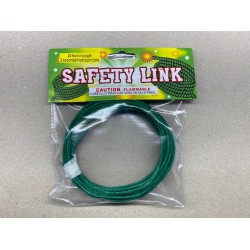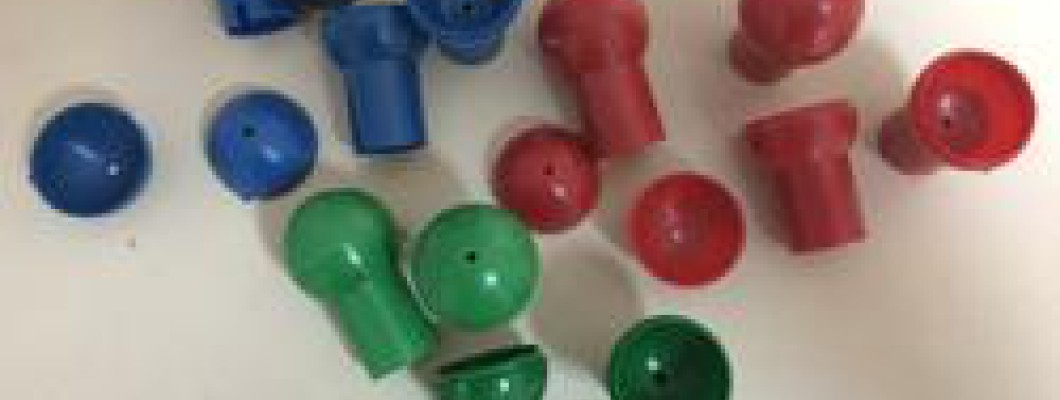
Aerial shells
Cylindrical shells
Cylindrical shells are said to have been in invented in Italy, centuries ago. Hence, they are also known as 'Italian shells'. They are easier to make than round shells. The pattern of stars (or 'break') produced by a cylindrical shell tends to be somewhat less symmetrical than that of a round shell. Because of their simple construction and because there are no stars involved, salutes are often constructed as cylindrical shells. An interesting variety of the cylindrical shell is the multibreak shell, which consists of a number of cylindrical shells, stacked on top of each other and interconnected with timefuse. These produce a number of breaks at regularly timed intervals.
This page describes the construction of a small (3.5 cm) cylindrical shell. Though small these shells can still produce a nice break some 20 meters across using black powder as a burst charge. The procedure can be scaled up to make shells of larger caliber.
The materials
Burst charge. Black powder works well if your casings are sufficiently strong. Though more energetic burst charges (flash powder, whistle mix) are often recommended for small shells, I find it is possible to obtain very satisfactory results using just black powder, and it is much safer to work with. Also, flash powder can disturb color perception if the flash is too bright. Ofcourse, if you use stars that are based on a chlorate composition (which is strongly discouraged for beginners) black powder burst should never be used as it contains sulfur.
Stars. Round or cylindrical (pumped/pressed) stars are best. Cut stars can be used just as well, but round or cylindrical stars will allow you to arrange the stars more evenly giving a more symmetrical break. The stars can't be large: Somewhere between 5...10 mm, depending on burn rate.
Timefuse. Visco (as will be described) works well for these small shells. For larger shells, proper timefuse is better, but visco will work.
Glue. White glue or your own favourite glue for contructing the casing and hot melt to seal the fuse. You can use white glue instead of hot melt, but hot melt is easier/quicker to work with.
String. Hemp string is traditional. You can probably use any kind of strong, thin string. Nylon for instance works well too.
Casing. For a casing you will need a cardboard tube, and two cardboard end discs. You can ofcourse use premade tubes, but it is easy enough to roll your own tubes and the advantage will be that you can make them any size you like and fits your mortar tube(s). Use a dowel with a diameter of about 15 mm less than the inner diameter of your mortar tube. The extra space is for casing thickness, string and some extra to make sure the shell doesn't fit too tightly in the mortar. The tube should be 2 to 3 times long as it is wide. For a 2.5 cm diameter dowel, Keep rolling untill you have a wall thickness of about 2 mm.
Construction
The two end discs should be made from non corrugated cardboard and should not be too thin, (you may also use plugs if available) Pretty thin cardboard can be used for shells as small as those described here, but larger shells require correspondigly thicker cardboard. Lacking any real thick carboard, I use the thinner variety and glue two discs together to obtain a single disc of twice the thickness. The discs should be the same diameter as the dowel used to roll the casing with. Slide the casing onto the dowel, and place one end disc on top, as shown, leaving about 5 mm extending over the end disc.
Put some glue on the end disc or plug...
...and fold over the sides of the casing. Press the casing firmly on a hard flat surface for a few seconds untill the glue holds well. If the end disk fits perfectly in the casing inner diameter, the glue and folds will prevent any sparks or hot gas from the lift charge from entering the casing and igniting the shell prematurely (ie inside the mortar, which is known as a 'flowerpot').
To get a symmetrical break, it is a good idea to arrange the stars along the sides of the casing and use a 'core' of burst powder. Use a small paper tube to keep the core clear of stars, as shown, and arrange the stars around the sides. In the pictures, cut stars are used but using round or cylindrical stars is better. This will allow you to arrange the stars around the sides more symmetrically. When full, sprinkle some black powder between the stars to fill up the voids between them.
Visco can be used as a timefuse. It is cheap, small and reliable. It is also convenient in that it doesn't need priming. The visco needs to be partially wrapped in paper for this purpose. Simply use a 7cm long strip of masking tape, 1 cm wide, and wrap it tightly around the visco. If you make the paper strip wider, the delay will be longer. Make sure at least 0.5 to 1 cm of bare fuse extends from the paper on both sides.
Now take the second end disc or plug and drill, cut or pierce a hole in the center. Stick the fuse through this hole, and seal it well with hot melt glue. Allow the hot melt to cool before proceeding with the next step.
Place the end disc or plug with the fuse, hot melt side up, in the casing. Tap the casing and press the end disc firmly on the contents. This will make the shell a little more rigid and resist the 'kick' from the launch better.
Put glue on the end disc or plug and fold over the casing. Press firmly to make sure the glue holds well.
All that remains is strengthening the casing with string, called 'spiking'. With larger shells the string is often tied to the fuse to start, but this is not a good idea with these small shells since it may fold the fuse, reducing it's reliability. You can instead hold the string in place with your fingers during the first wrap, and wrap it over itself to hold it into place. Make sure the string goes at least 8 times over the length of the casing and then 4 - 6 times around the sides as tightly as possible. Wrap the string over itself again to finish, and secure the knot with a drop of hot melt glue.
Once the stringing is done, write on the shell what's inside so that you won't forget if you make several.
Launching the shell
You will need a mortar that is a few mm wider than the shell. There must be 3 to 4 mm extra space between the mortar wall and the shell on both sides. Also, to reduce the amount of work of making a shell I ommited the lift bag/cup that is often used with larger shells. Instead, I use 4 cm diameter HDPE mortars with a fuse hole in the side and simply dump 3 to 4 grams of black powder in the mouth of the mortar, followed by the shell. This works fine. Of course, reloading the mortar must be done cautisouly as glowing embers may ignite the black powder lift charge when you dump it in the mortar. Don't have any loose shells nearby, or keep them well covered from any sparks. Don't hold any body parts over the mortar when you (re)load it.
Cick here to Watch video
Firing units 101 Tutorial and cannon firing video. Click above link to watch video



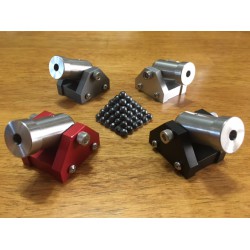

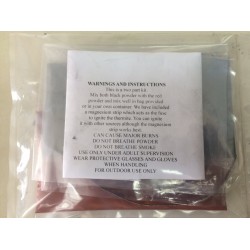
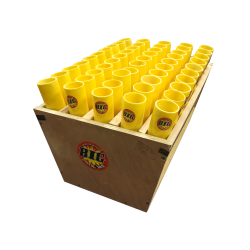





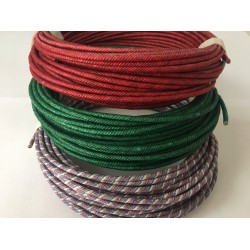
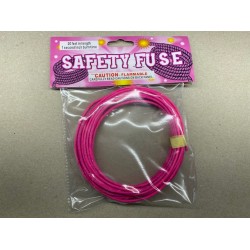
-250x250.jpg)
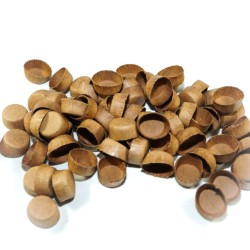
-250x250w.jpeg)
